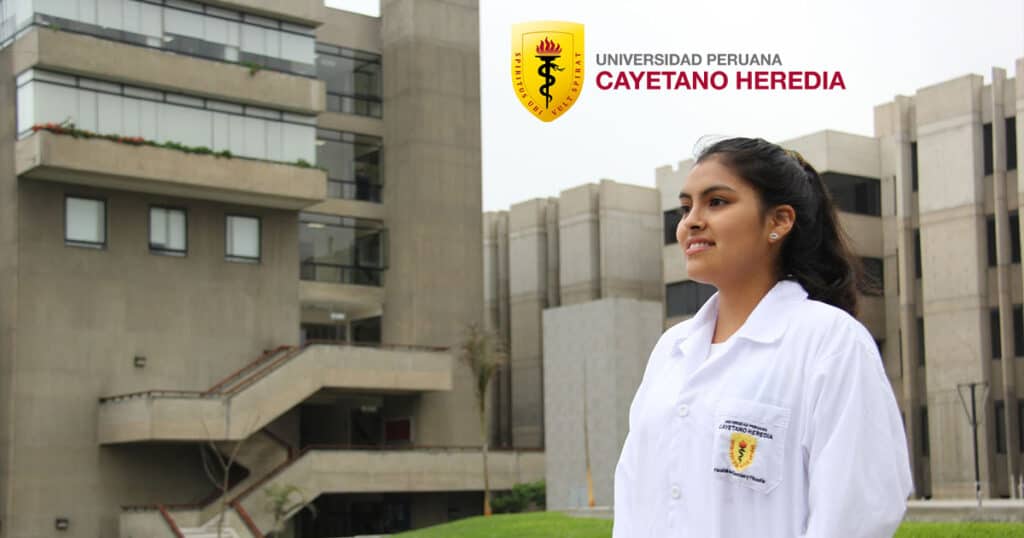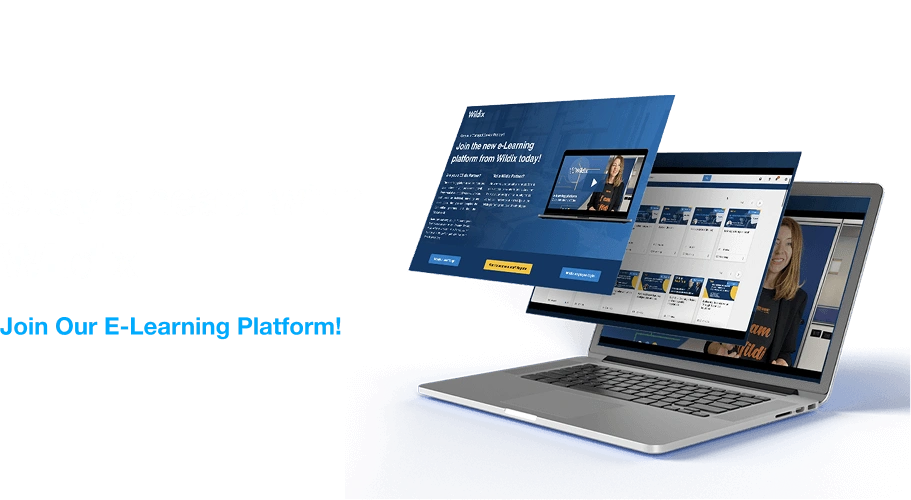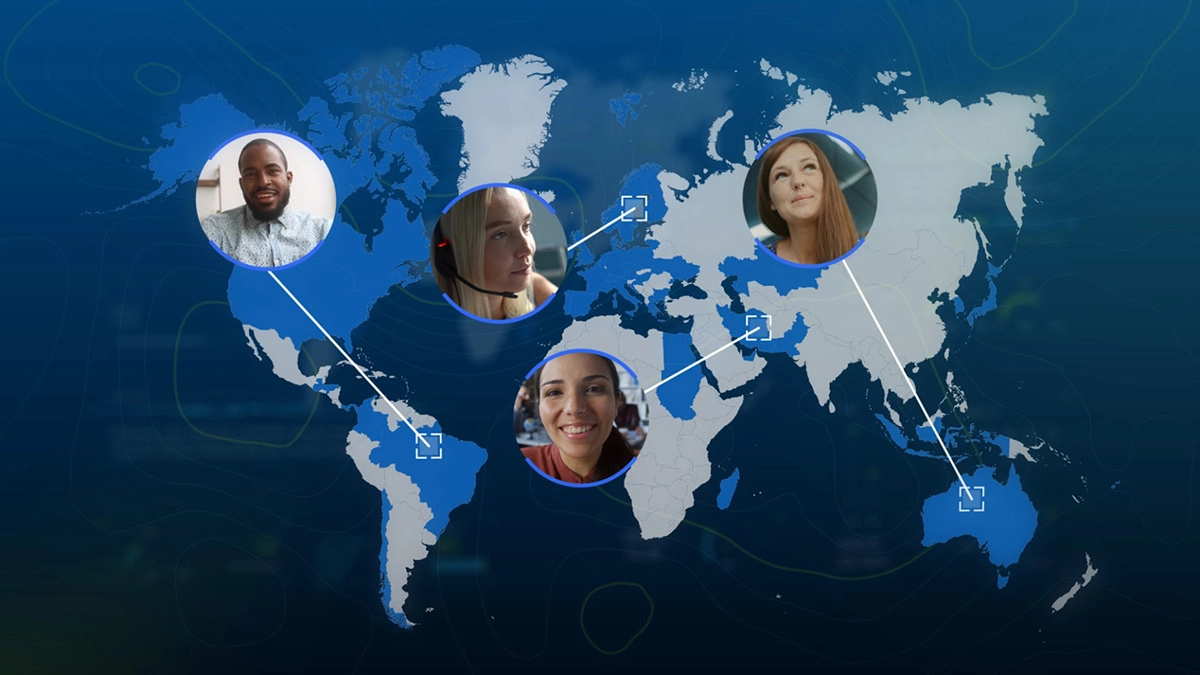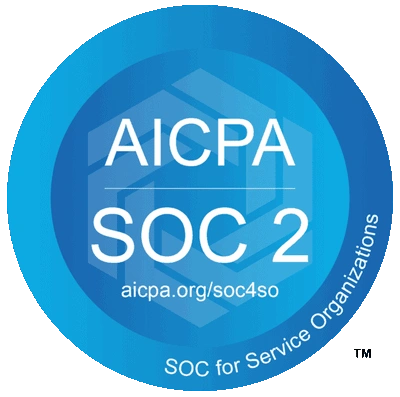Institute of Tropical Medicine Alexander von Humboldt
Using Wildix to Combat COVID: Improved Communications Fuels an Ambitious Public Health Project by the Institute of Tropical Medicine Alexander von Humboldt

When the COVID-19 pandemic hit Peru, it immediately threatened to overwhelm the nation, as the sheer scope of patients in need of treatment was poised to fill healthcare centers past their breaking point.
The Problem
“In Peru, the hospital system was really not prepared for this,” explained Dr. Fiorella Krapp Lopez, associate investigator at the Institute of Tropical Medicine Alexander von Humboldt. “At the very beginning, our health system was very, very strained and very close to collapse.”
To counter this collapse, the Institute developed a plan that would allow for management of patients outside of hospitals, as led by the Lima facility Hospital Cayetano Heredia.
Dr. Krapp explained, “We started leading this initiative to set up a system that would allow follow-up and management of the patients that were having less severe symptoms and could be managed at home, so we could try to relieve the pressure in the hospitals.“
Setting up such a system, however, would require a robust telecommunications system, one that could reliably function for a team of volunteers who create appointments and manage follow-ups with patients. It would also have to operate effectively for the physicians themselves, who were at risk of infection and could not be physically present at patients’ homes.
Deployment time and ease of use were also factors in the solution to use, as the hospital couldn’t afford to spare much technical staff. Worse, the hospital also faced the pressing time limit of COVID infections becoming too numerous to feasibly treat and contain.
The project was, in a sense, an application of the principles of smart working, yet with higher stakes and a more pressing timeframe.
The Solution
From its inception, one of the solutions driving this project was Wildix, as recommended by Peruvian Wildix Partner Infobox.

As Daniel Pizarro, CEO of Infobox, explained:
“With Wildix, when using WebRTC, you only need a browser. The doctors were trained very easily, and by opening the Wildix URL they were immediately ready to do their job. A group of volunteers would program a web management system that would display the numbers of the patients, so it was suggested to implement click-to-call with Wildix to minimize dialing errors on the part of the doctors. The implementation was running against time so it was necessary to implement the telephony in a fast way.”
Mr. Pizarro concluded, “Wildix was 100% compatible with the specifications requested by the operator.“
Dr. Krapp likewise described the Wildix solution as meeting the requirements of the project:
“What we needed was to have a virtual platform so as to keep the physicians safely at home, because they were not able to go anywhere due to their high risks. So having this connection just through the internet on their computers and not having to use their own phones, was very helpful for us. They were very happy with the system from the very beginning.“
She continued, “Wildix would allow us to follow the patients and everything. It was a project we carried out over about one to two months, through dynamic work. We spent one month just setting up all the flows and validating questions for the patients and everything like that.”
Once it was fully installed, this instance of the Wildix system was able to connect a team of 10 volunteers and nine physicians to the base of less-symptomatic patients.
“These are doctors that are hired by the hospital but have high risk conditions, so they cannot be physically with patients,” Dr. Krapp clarified. “So we gave them the opportunity to participate in this project, following patients from home safely with this tool.“
Being a system that enables remote working, usability was key to this setup. Fortunately, the Wildix installation posed few if any problems in regard to user interface.
“It was very user friendly,” Dr. Krapp also related. “Most of [the physicians] were older than 65 — that’s why they were staying at home — and we did a very short tutorial and they learned how to use it very quickly.”
The Results
Through the use of this platform and the efforts of volunteers, the Institute and the nine doctors have been able to attend to an average of 50 to 55 patients a day, all safely from home and entirely through a browser-based web connection. At time of writing, the system has allowed for 1,200 interactions with patients and over 300 individual patients seen. (This is in addition to a follow-up period for each patient lasting 10 to 14 days.)
Again, Dr. Krapp cited the simplicity of the Wildix system as a key facilitator in achieving these results.
“They had no problems using the installation, which was our main concern,” she said. “They were able to do it without any difficulty. It was very easy to implement and to teach them how to use, so I think that’s an A+ for that.”
In fact, due to the ongoing success that Wildix has provided the institute with, Dr. Krapp elected to make further use of the platform for an additional project.
“Now with Daniel [Pizarro], we have been working on a ‘second adventure,’ and that’s a larger project that I created because I had such a good experience with Wildix,” she related.
That second project is Peru con Plasma, another volunteer-supported effort, this time organized by Universidad Peruana Cayetano Heredia to collect convalescent plasma from donors across Peru.
“We are conducting a study and trying to enroll donors for convalescent plasma,” explained Dr. Krapp. “We have a large group of young volunteers that are answering phone calls and giving information.
“The goal is to provide information to the potential donors, to motivate them to donate. Before, they were just filling out a form — just, like, a Google form — and we wanted to push a little more on calls, because when donors talk with somebody, they get more motivated. That way, we can answer their questions and everything.”
In order to make the volunteer experience more convenient for these call agents and to maintain social distancing measures, this use of the Wildix platform for Peru con Plasma was not established within a shared office space. Rather, each volunteer was given the ability to connect to the Wildix system from home.
“It’s also a virtual platform: a virtual call center,” said Dr. Krapp.
This virtual call center, once set up, connected a total of 35 volunteer call agents to the Wildix system entirely through a browser interface.
As with using Wildix to facilitate doctor-patient meetings, Dr. Krapp found a high degree of usability in this setup as well:
“In my experience, it was very flexible. In just two days, it allowed us to set up everything. We incorporated all these users who can all move their call to another user if, for example, they need a superior level of evaluation. It has been very, very gratifying to work with this platform.
“Daniel [Pizarro] (of Infobox) has also been very supportive. They give us reports of the numbers of calls, so we can monitor the volunteers and everything.”
The next step for Infobox is to further streamline the Peru con Plasma webpage through another Wildix tool.
“As of right now, we are implementing Wildix Kite in this project, because we want to receive calls from Peru con Plasma volunteers through the website,” explained Mr. Pizarro.
Such an implementation, including a widget for instant communications with a live agent, would present an even greater upgrade from the site’s previous means of contact.
In fact, more than simply improving the usability of the site, Dr. Krapp goes so far as to describe the Wildix solution as crucial to its creation.
“This project wouldn’t have crystallized if we wouldn’t have had the help from you guys,” she emphasized.
However, Dr. Krapp’s plans for implementing Wildix aren’t stopping with just these ongoing efforts.
“I am a researcher, so I am always thinking about what else we can do, especially in this really critical situation,” she said. “Hopefully in the next few months we can find more help and more time to set up a couple more uses with Wildix, because I think there are many gaps here in Peru that need to be addressed in terms of communication with patients.”
Hopefully, too, a solid communications system can work to bridge those gaps.
Goals
- Connect a team of physicians to at-home COVID-19 patients for virtual checkups and follow-up treatment
- Integrate a team of volunteers into the system for more capable communications
- Implement the technology quickly, with a short training period, so as to use it quickly and stay ahead of the pandemic
- Organize a team of volunteers over a virtual connection to act as call center operators for plasma donors
Value Gained
- Connected a team of 9 physicians and 10 volunteers with a total of over 300 patients seen so far, with 1,200 interactions over the conferencing system
- Set up a communications platform under a strict timetable
- Trained users on how to use the system quickly and efficiently
- Established platform to follow up with patients easily and conveniently over a 10-14 day period
- Created a virtual call center connecting 35 volunteer call agents to a virtual PBX from their homes, using only a browser interface
- Began integrating Kite with plasma drive website to improve registration process through increased contact with volunteers
The solution was implemented by Wildix Partner

Infobox Latinoamérica
Flora Tristan 461, Oficina 201, Magdalena del Mar 15076 Lima Perú
+51 (01) 712 91 30
www.infobox.com.pe
Flora Tristan 461, Oficina 201, Magdalena del Mar 15076 Lima Perú
+51 (01) 712 91 30
www.infobox.com.pe







